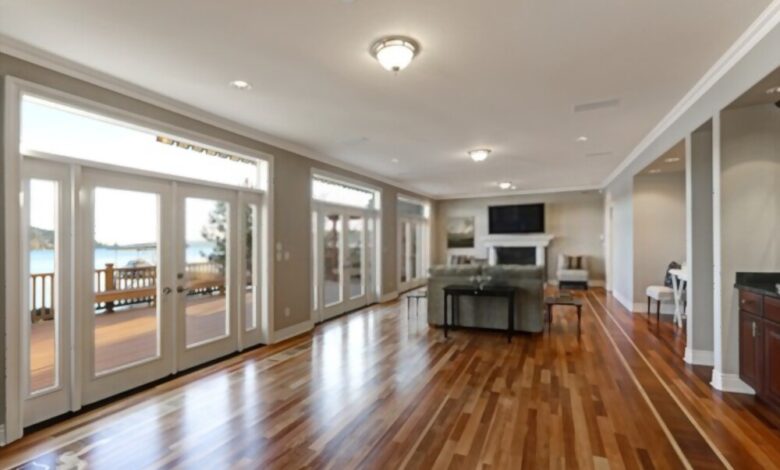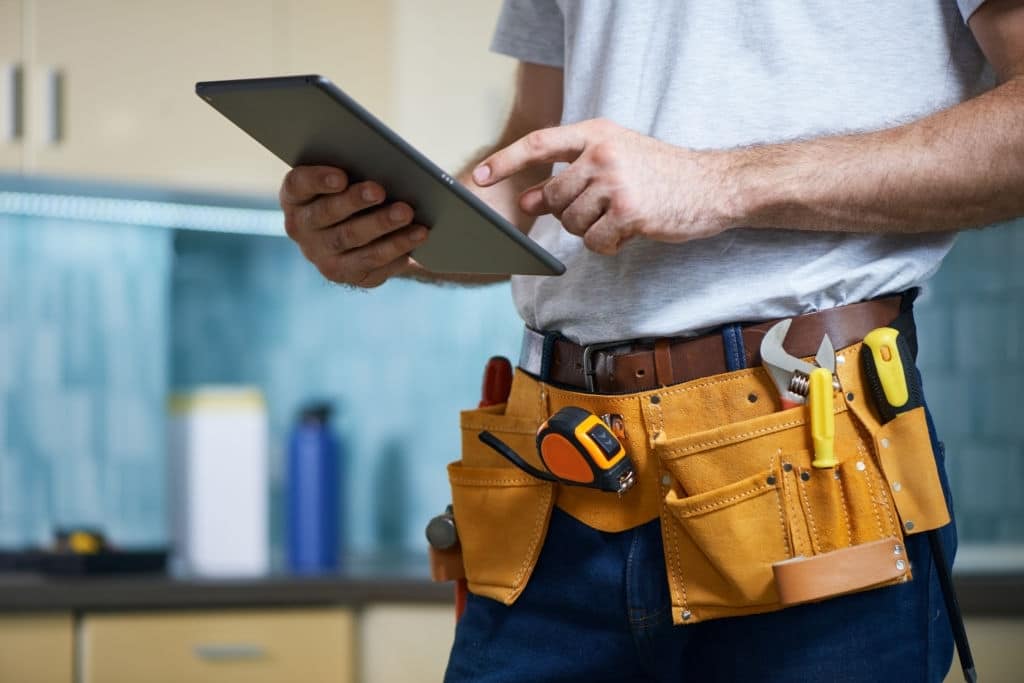Your Guide to the Different Types of Hardwood Flooring

If you’re thinking of putting in hardwood floors, you can’t go wrong. All hardwood floors have unmatched natural beauty and go with any modern, traditional, country decor. You name it. Hardwood flooring goes in any room, although kitchens and basements warrant special considerations.
Unfinished or Finished?
Unfinished hardwood flooring is a good option if you want a custom stain applied before the final finish or if you’re going to match the color of the existing flooring. After hardwood flooring installation and staining, the flooring is given several coats of protective finish. If you’re thinking of adding Hardwood Flooring Long Island in your kitchen, unfinished flooring is a good choice because the finish will penetrate and seal the seams between boards, helping to prevent water from seeping between boards.
Prefinished hardwood flooring is already sanded and sealed from the factory, meaning the whole installation job goes quickly. There are no odors and VOCs from finishing on-site, and the floor is ready to walk on immediately.
Solid or Engineered?
Solid hardwood flooring is all wood and is usually 5/8″ to 3/4″ thick. Because it’s solid wood, it can be sanded and refinished many times. However, it’s susceptible to changes in humidity and isn’t recommended for below-grade basements.
Engineered hardwood flooring is a natural wood veneer glued to several layers of wood underneath, like plywood. This gives engineered wood excellent stability over time and makes it a good choice for any area of your home, including below-grade basements. Depending on the thickness of the hardwood veneer, engineered hardwood flooring can only be sanded and refinished once or twice during its lifetime. For more information, click to how old is ranboo that would be the right place for you.
What Species Is Best?
The best hardwood floors are made with readily available wood species and — you guessed it — very hard. Oak flooring, maple flooring, and cherry flooring are all excellent choices. Other species include bamboo (grass), walnut, ash, and mahogany. You’ll pay a premium price for more exotic species, such as teak, jarrah, and mesquite. Check to make sure the hardwood flooring you choose comes from sustainably harvested forests.
Another option is reclaimed hardwood flooring, which you can find at salvage yards. It likely has some signs of wear and age, but you’ll pay about half what it would cost for comparable new flooring. If they don’t have what you’re looking for (and you have the time), ask to be put on a waiting list. Salvage flooring is a perfect choice if you’re renovating an older house. For more, click to trino marin that would be the right place for you.
Go Beyond Oak
Although oak still accounts for about two-thirds of all installed hardwood flooring in America, it’s losing ground to its exotic cousins. A wide range of hardwood from other countries, especially Brazil, Australia, and Asia, is gaining a foothold and nailing down homeowners’ interests.
“There has been a trend for several years for exotic hardwoods to grow,” says Anita Howard of the National Wood Flooring Association in Chesterfield, Mo. The number-one reason: price. “They’re more reasonable than they used to be,” she says. They’re also more available as interest grows, and lower pricing makes them more attractive.

![Benefits of Led Flame Light Bulbs [7 Effective Tips] 5 Benefits of Led Flame Light Bulbs](https://mrbdguide.com/wp-content/uploads/2022/03/GetPaidStock.com-622879278bdd5-390x220.jpg)

